Across all industries, there’s a macro trend toward digital transformation — and this is no different in the education sector. In order to streamline processes, improve student experiences, and deliver better services, educational organizations are finding new ways to help students learn.
“Digital transformation in education is all about embracing new technologies,” says Ana Casic, media relations coordinator for Talent LMS, a learning management system backed by Epignosis. “Lately, it feels like someone has pushed the fast forward button on it because there has been an explosion of new users.” Learners of all ages — from kindergarten children to employees in the workplace — need to adapt to digital-first learning.
Routes to digital transformation in education
Remote learning and digital materials
The COVID-19 pandemic has certainly accelerated the use of remote learning in education. Students attend classes from the comfort of their homes. With the internet, they can take part in live video instruction with their teachers and interact with classmates. In addition to synchronous learning, students can also participate in asynchronous activities that they do on their own time using online learning tools.
“When digitizing learning materials, it’s not just about converting the same old textbook into a PDF,” says Casic. “There’s an opportunity to create interactive and engaging materials that also encourage connectivity. There’s also a focus on multiple formats, such as video, animation, social learning, and interactive sessions — all with storytelling involved.”
Virtual reality
Virtual reality is no longer just for the entertainment world. It’s also a trend in digital transformation in education. Through virtual reality, students can experience different environments without ever leaving their desks, giving them more insight into the subject matter.
Young students, for example, can visit a zoo through virtual reality to learn more about their favorite animal, while older students can experience a workplace through virtual reality to gain a deeper understanding of that career. “Immersive technologies, such as volumetric videos, are an excellent way to show students three-dimensional perspective and spatial relations,” says Casic.
Streamlined enrollment
In traditional education environments, student enrollment and registration involve a lot of paperwork. Manual processes often result in inconsistencies or errors, such as spelling a student’s name incorrectly or missing a letter in a parent’s email address. To streamline these processes, the education sector is automating student and teacher data collection through online forms. For example, Jotform’s education forms help school administrators securely collect, store, and organize student enrollment and registration data.
Digital citizenship
Having access to digital resources at school is a privilege for many students, one that comes with great responsibility. One of the growing trends in digital transformation in education is teaching students how to behave online. Professionalism isn’t only for adults — kids as young as those in kindergarten can learn how to be respectful of others by muting their microphones when the teacher is talking, for example. By learning the etiquette of online learning early, students are better positioned to succeed in the digital world as they mature.
Personalized learning
Digital transformation in education also encompasses an increasing focus on understanding different ways students learn and catering the delivery method of the curriculum to better suit their needs. It’s no longer just about lecture-style learning but instead combining different learning models, such as gamification, videos, and hands-on activities to help students grasp difficult concepts based on how they absorb material best.
“In the future, artificial intelligence can be used to study learners’ patterns and deliver more relevant content to them,” says Casic. There’s also a growing focus on mobile-first learning. “A LinkedIn study found that Generation Z prefers short, bite-size sessions, which is perfect for mobile devices,” she notes.
Online assessments
While you can still find paper quizzes, tests, and assignments in use in many classrooms, teachers are shifting toward online assessments they create using no-code software. With Jotform’s templates for quizzes and assignments, teachers can create, customize, and share assignments. They can also collect answers and mark grades.
Digital transformation in education is now moving at a fast pace, and educators are realizing the many benefits of digitizing processes and learning delivery models for students. Casic says, “We have entered the age of constant learning. Learning never stops, not when you graduate and not when you finish a course.” Digital transformation is here to help learners engage with content more effectively so they can absorb the materials and meet their learning outcomes.
Photo by Liza Summer




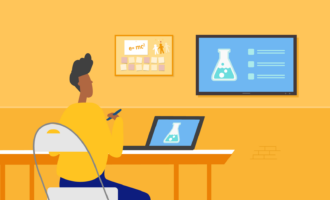

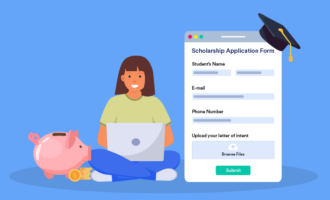
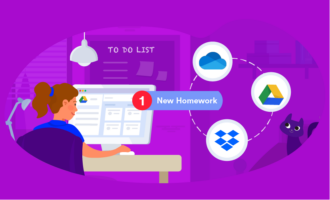





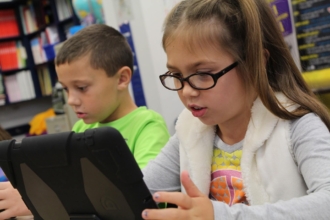












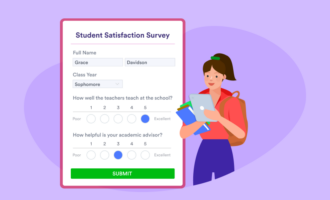






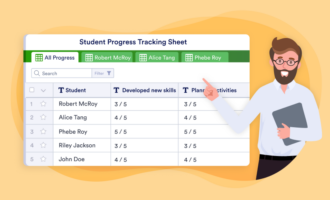


























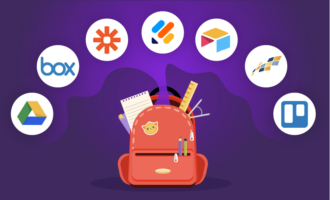



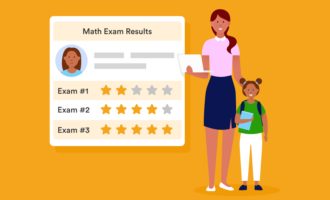


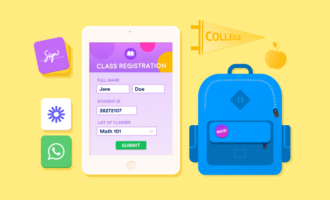



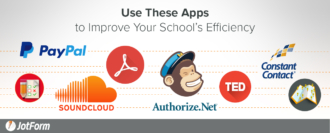




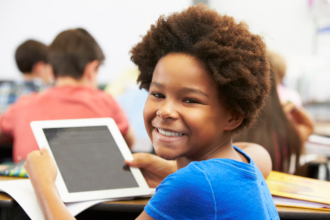
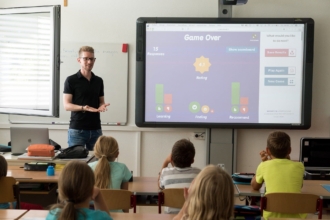


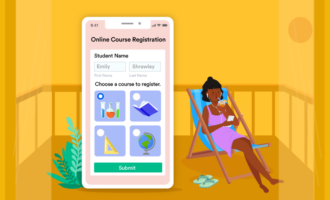










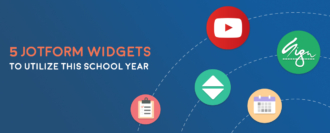



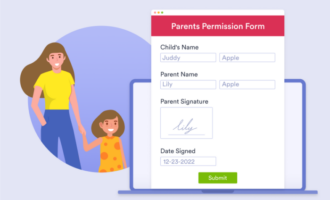








Send Comment: